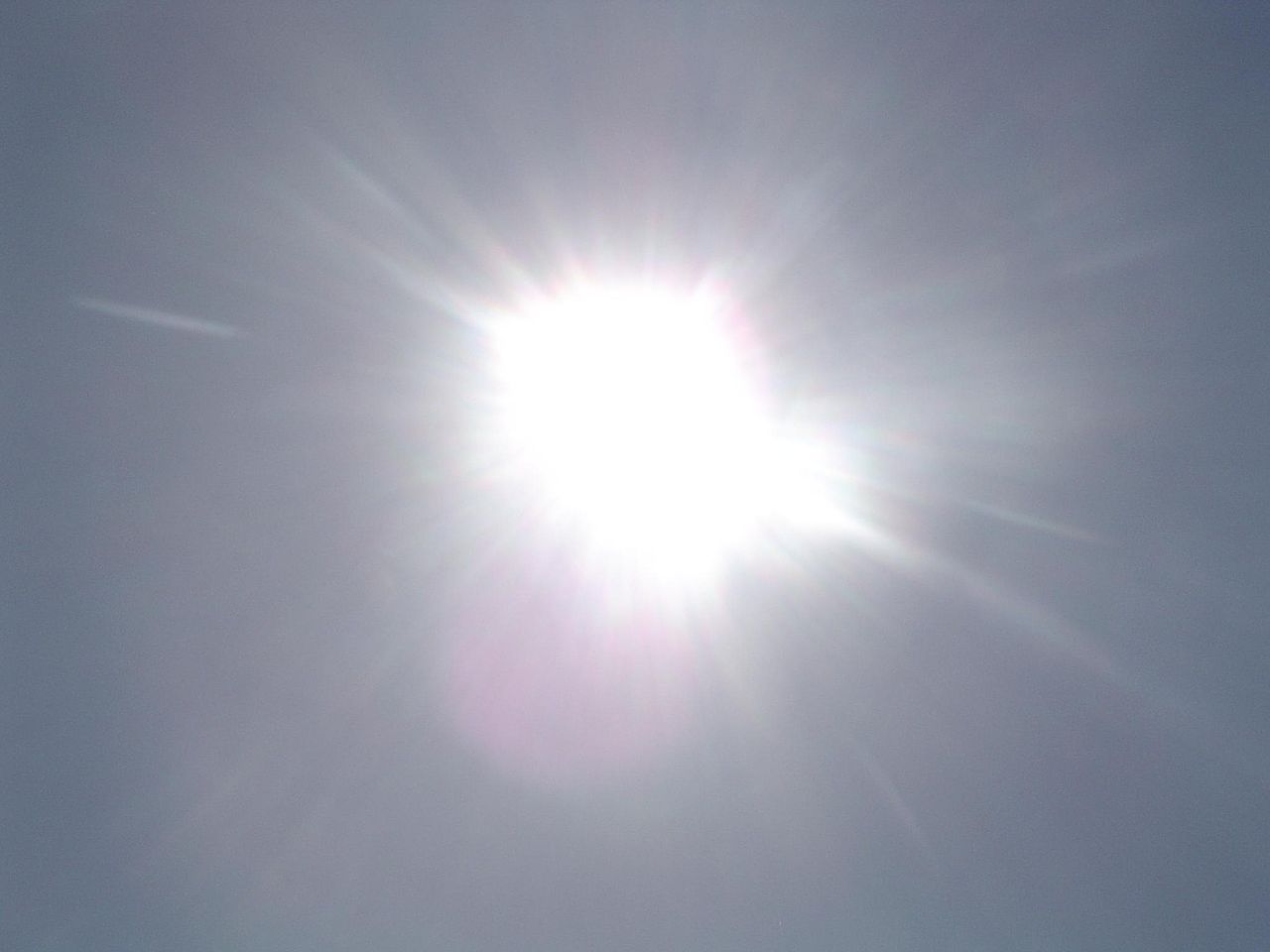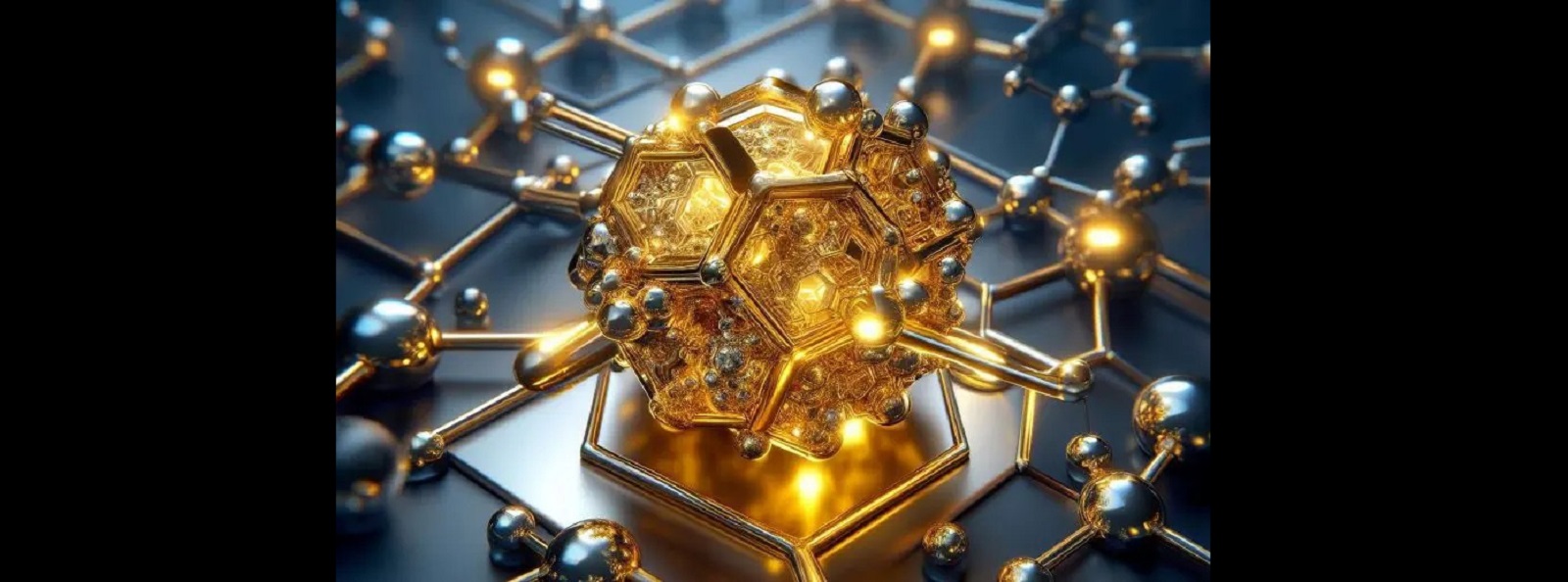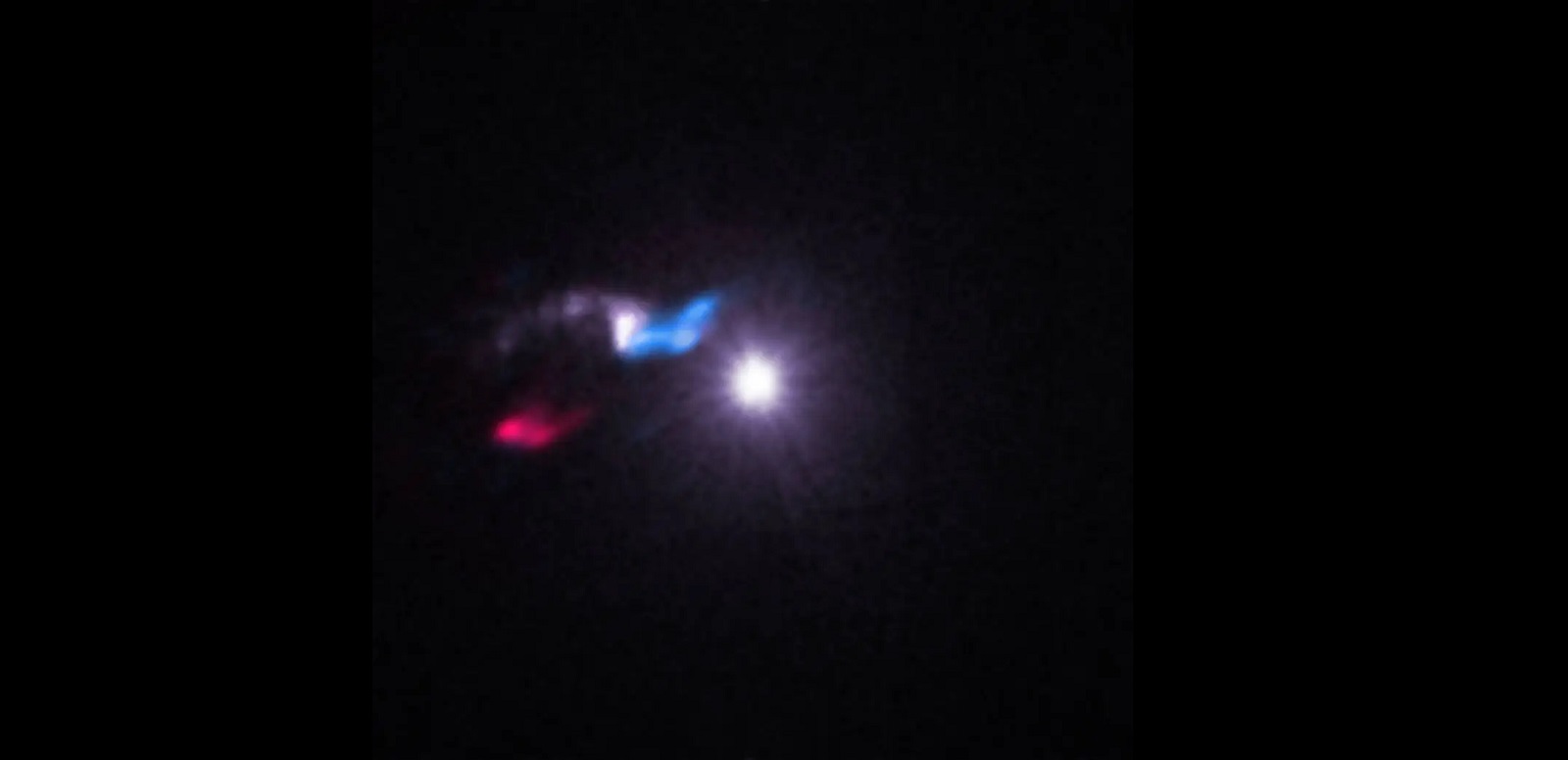The main mission of the Gaia space telescope is to catalog the locations of celestial objects. It turns out that this telescope can also detect binary asteroid systems in the solar system. This has been achieved so far in the case of 352 facilities.
Moons are naturally occurring celestial bodies that orbit other celestial bodies, such as planets, dwarf planets, and asteroids. A moon is usually a body with a much smaller mass than the body it orbits, but there are binary systems where this ratio is small. For example, Charon is 8 times less massive than Pluto. The Earth-Moon system is sometimes called a binary system, even though our natural satellite is about 80 times less massive here. However, this is still a small difference in mass when we compare our system to the moon systems of giant planets. There, the masses of the moons are at least thousands or tens of thousands of times smaller than the mass of the parent planet.
Astronomers have so far catalogued about 300 moons orbiting planets and dwarf planets in the Solar System. We expect many more moons, or binary systems, in the case of asteroids. About 500 such binary asteroids have been identified so far, but that’s a drop in the ocean astronomers expect, since they assume that 1/6 of all asteroids in the Solar System must form binary or multiple systems. There are more than a million known asteroids (more than half of which are sterile). So it’s safe to assume that any project aimed at searching for asteroids with moons will lead to a large number of positive discoveries.

Orbits of over 150,000 asteroids for which we have precise orbits. There are three main groups of objects, in blue: asteroids from within the Solar System, and those with orbits close to Earth. Asteroids in the belt between Mars and Jupiter are shown in green, and asteroids in Jupiter’s orbit in red. (Image: ESA)
How are asteroids detected by satellites?
You could do a spacecraft exploration project to the asteroid belt, relying on the objects it passes to include binary systems. This is what happened with the Lucy probe, which discovered quite by accident that the asteroid Dinkinesh is not only a binary system, but a triple system as well. In addition, the moons of the asteroids that make it up are in contact with each other, creating a contact object.
We’ve also been to other binary asteroids. In 1993, the Galileo spacecraft discovered a small satellite of the asteroid 243 Ida. It was called Dactyl. The DART mission, which led to the first controlled impact with an asteroid in September 2022, was directed toward the Didymos-Dimorphos binary system. This experiment, designed to test our current ability to change the orbit of a small celestial body, also revealed a lot of information about these space objects. It is now thought that many asteroid moons may have a rubble-pile structure.

An image of the Didymos-Dimorphos binary system and the Hera probe, which will launch to these asteroids in the fall of 2024. (Image: ESA)
However, regardless of how binary or multi-lunar asteroids are built, if we are to confirm the theory about the abundance of such objects in the solar system, they must be discovered in large numbers. Probe missions are not the solution here, they will be useful primarily to confirm the existence of a binary system.
We can detect asteroid moons using telescopes that can measure the positions of orbiting objects accurately enough to be sure they are gravitationally bound together. That’s the precision of the Gaia space telescope, which has been orbiting near the L2 point for more than 10 years. It’s in a similar location to Webb, giving it an unobstructed view of most of the sky. Gaia doesn’t just make single observations, it maps a given area of the sky multiple times, so we have multiple observations of asteroids.
Measurements 20 times more accurate than standard measurements
Thanks to the increasing number of observations, Gaia is able to provide further catalogue revisions with an increasing number of objects with known positions, as well as more parameters describing them. The latest Gaia DR3 catalogue, the final version of which will be published in 2022, contains 1.5 billion sources with known astrometric measurements (positions in the sky). These objects include stars, galaxies, and also asteroids in the Solar System.
The third edition of the catalogue included precise locations and proper motions for 156,823 asteroids. Astronomers have now improved these calculations, increasing their accuracy by more than 20 times. This allowed us to discover the binary system by comparing the motion of two objects that are close to each other in the images. It’s a bit like searching for exoplanets by observing the motion of a star around the system’s center of mass, which, due to the planet’s large mass, is not exactly at the center of the star. However, this time we can see both objects, providing more precise measurements.

The Gaia asteroid telescope measures parameters such as the resulting position and orbit, as well as brightness data and basic chemical composition. From the position data, it can be inferred whether a particular asteroid has a moon associated with it. (Image: ESA)
This analysis concluded that 352 of the thousands of asteroids observed by Gaia likely have gravitationally bound companions. Since these systems typically have a mass ratio well below one, these companions can be considered moons.
Thanks to Gaia’s observations, the number of known binary asteroid systems has risen to 850. That’s still not a lot, but as Luana Liberato of the Observatoire de Côte d’Azur, who leads the Binary Asteroid Search project, emphasizes, this discovery shows that there are many more asteroid moons waiting to be found.
Astronomers are now awaiting the fourth revision of the Gaia catalogue (DR4), which will increase the precision of position measurements, which should lead to the discovery of additional binary asteroid systems.
Source: ESA/Gaia


Echo Richards embodies a personality that is a delightful contradiction: a humble musicaholic who never brags about her expansive knowledge of both classic and contemporary tunes. Infuriatingly modest, one would never know from a mere conversation how deeply entrenched she is in the world of music. This passion seamlessly translates into her problem-solving skills, with Echo often drawing inspiration from melodies and rhythms. A voracious reader, she dives deep into literature, using stories to influence her own hardcore writing. Her spirited advocacy for alcohol isn’t about mere indulgence, but about celebrating life’s poignant moments.










